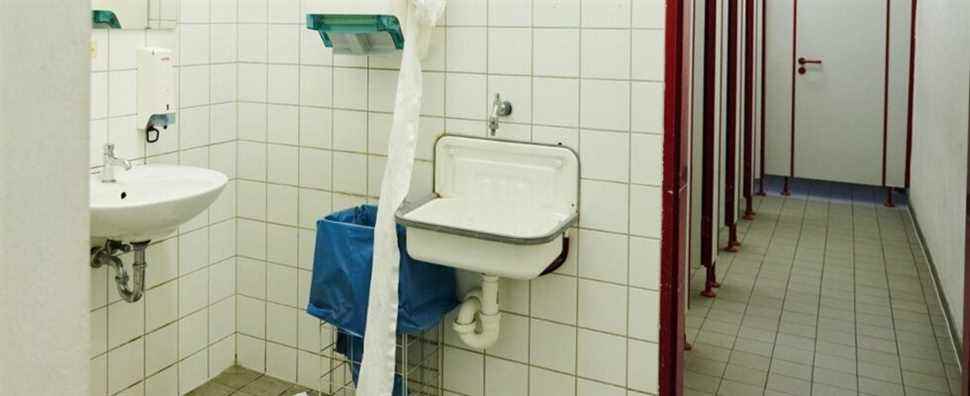The Correspondents’ Club takes an interest in World Toilet Day, which takes place on Friday, November 19, when more than 3.5 billion people around the world do not have adequate facilities.
A symbol of inequalities in South Africa
In South Africa, access has improved in recent years, with more than 80% of the population having access to facilities in 2017, against 62% in 2002. Except that behind these figures are often shared toilets, and pit latrines, which pose a number of problems, particularly in townships, the poorest areas of the country where black and mixed-race populations have been displaced under apartheid, and which are sorely lacking in basic services. In the most informal neighborhoods, residents often have to share common chemical toilets, which are supposed to be temporary, and often in very poor condition. Not to mention the risks to the safety of women and girls. In addition, the toilets are also a nightmare for students in disadvantaged schools across the country. In 2014, then in 2018, two young children died after falling into the pits of the latrines of their respective establishments. And despite the government’s promises to change things, more than 3,000 schools still use this type of toilet.
However, things are also moving on the spot, with several initiatives to find solutions. Some have decided to use the country as a laboratory to invent the toilets of tomorrow. Around Durban, on the east coast, several projects are in the test phase, financed in particular by the billionaire Bill Gates’ foundation, in order to develop a new generation of public toilets, also taking into account environmental problems. In particular, the University of Kwa-Zulu Natal is testing new models of seats that save water, as well as toilets capable of transforming urine into electricity. Other start-ups, such as Liquid Gold, for example, are developing unisex urinals, which can be installed in schools, among other places, and capable of transforming urine into fertilizer. Projects that may provide a future answer to a global problem.
The situation is gradually improving in India
In India, tens of millions of people suffer from the problem of access to toilets and have to defecate outdoors, resulting in many health problems. But the situation is gradually improving, thanks to a major awareness-raising operation by the government, and with the help of associations. In Dhaduka, a small village of 350 families 70 km from New Delhi, and until recently, about half of the inhabitants had to walk more than a kilometer to get their needs in the forest. A journey that could prove fatal, as Savatri tells it: “A few years ago, like every night, my daughter left to defecate in the jungle, a mile from here. And she was bitten by a snake. The next day, her body was found all blue. she was dead. “
This is only one of the problems of this practice: indeed, generalized defecation in the open air also leads to the contamination of soils and rivers, and therefore to pollution of the water table. The population then drinks this dirty water and often falls ill. Fortunately, the ordeal of this village recently ended, when the Sulabh association installed 105 toilets in the houses that needed them. Today, no one goes to the forest anymore. Laccho Devi, 45, is delighted: “We are now safe. And the streets and the rivers are cleaner. There are no more flies, and the children and we are much less sick.“
In the rest of the country, the situation is also improving slowly. The government launched, seven years ago, a major campaign encouraging the population to install toilets, which gradually breaks the prejudice of many Hindu families, who consider it unclean to have toilets. under his roof. Authorities have deployed large funds to help finance the cabinets, and now say open defecation is gone. Unfortunately this is not the case, but this practice has certainly declined, and this should greatly improve the health of Indians in the long run.
